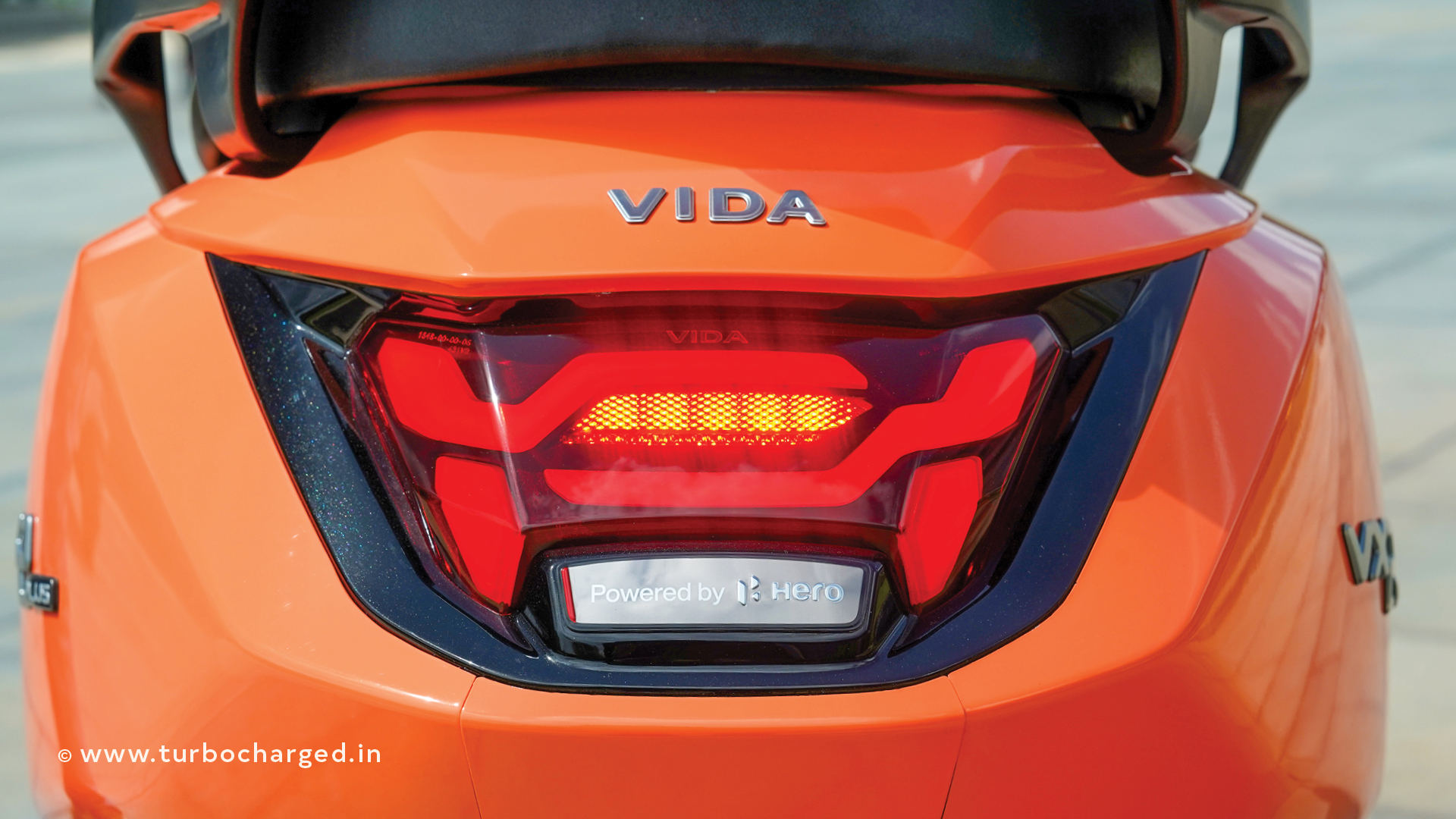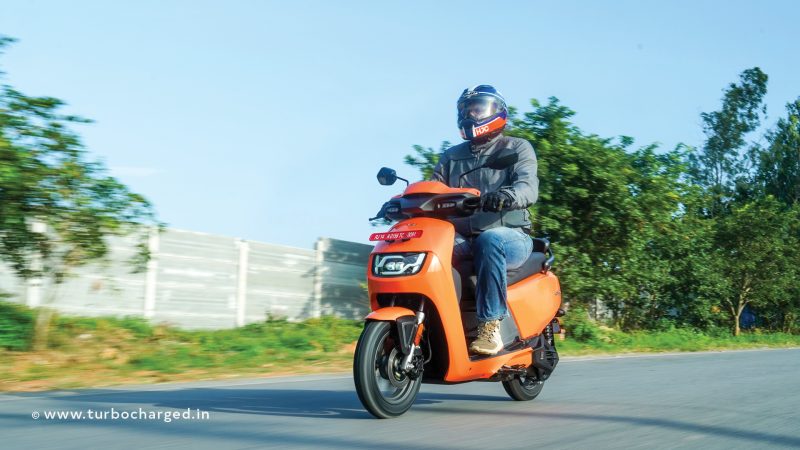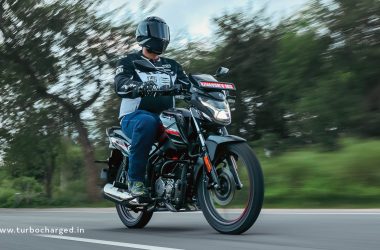Photography: Advait Bartakke
Hero MotoCorp has been expanding its electric scooter portfolio under the Vida sub-brand, and the new Vida VX2 is the most accessible model yet. Offered in two variants—VX2 Go and VX2 Plus, the VX2 aims to be the people’s EV: lightweight, practical, tech-forward and attractively priced. Thanks to the Battery-as-a-Service (BaaS) model, prices start at ₹44,990 for the Go variant, making it one of the most affordable electric scooters on sale. But does it deliver enough to be your everyday commuter? We rode it in Bengaluru to find out.
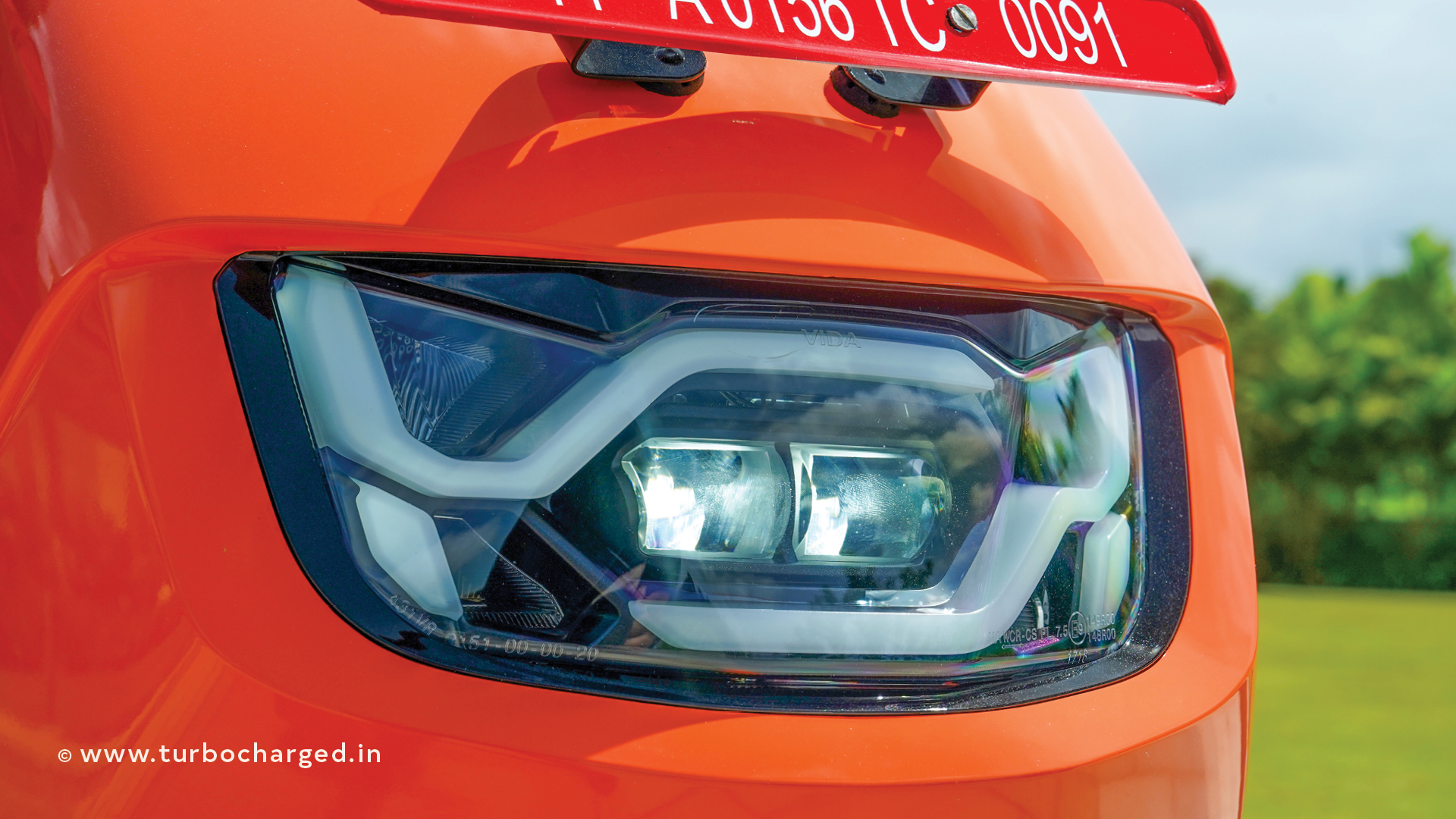
Visually, the VX2 looks compact and fuss-free. Up front, Vida signature LED DRL and twin projector headlamps give it a modern face, while the handlebar cowl and indicators blend in cleanly. The silhouette is upright and minimalistic, with tight panel gaps and contrasting textures. It feels less flamboyant than an Ola S1 or Ather 450S but should appeal to those who prefer a conventional design. At the rear, Vida styled LED tail-lamps and a backrest doubling as grab rails add practicality. The Plus variant gets a textured seat and black rear-view mirrors. Under-seat storage is 27.2-litres on the Plus and 33.2-litres on the Go, with an apron cubby for smaller items. Overall, the quality feels solid, with quality plastics and neat finishing.
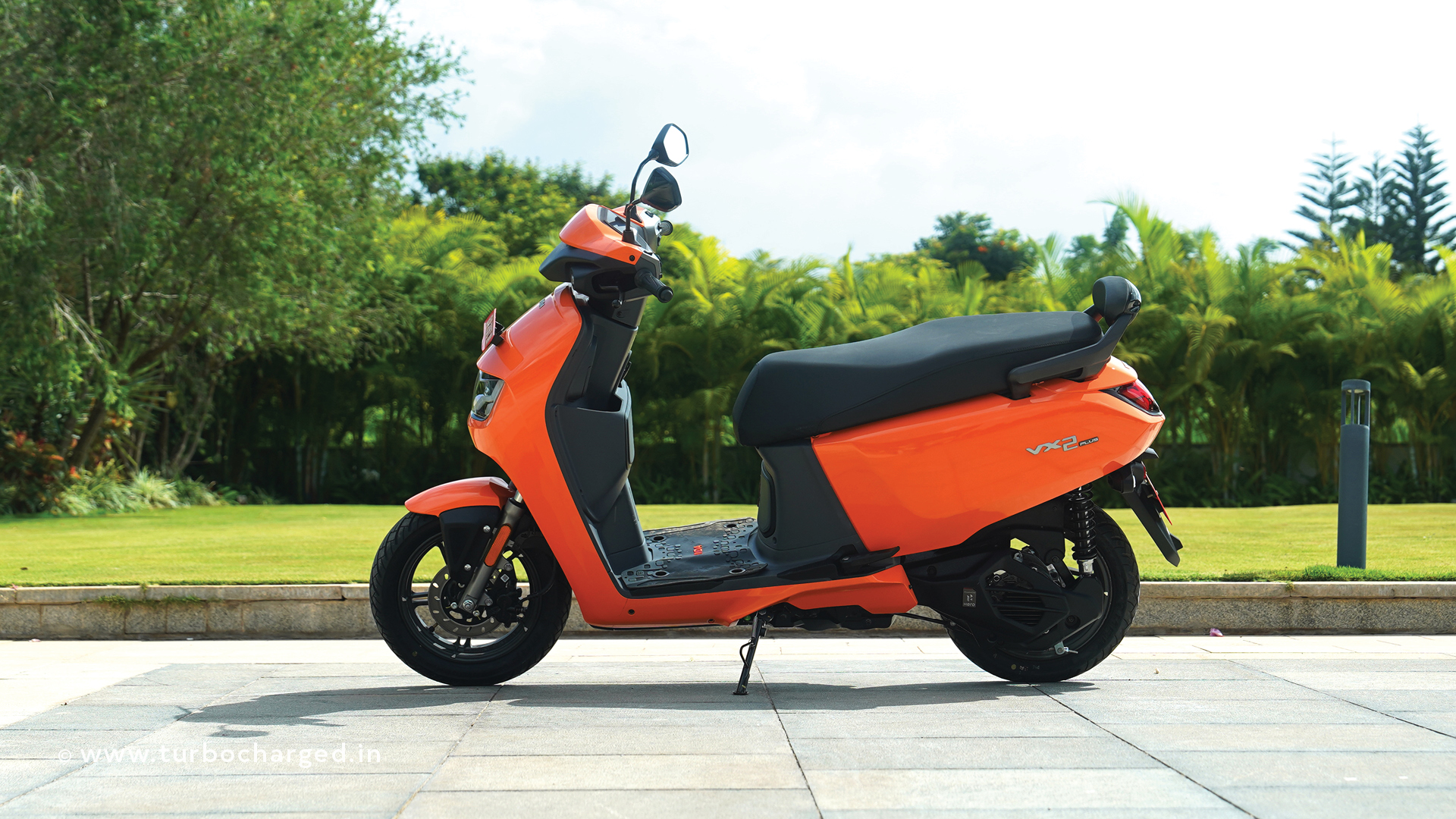
Hop onto the VX2 and it feels welcoming. The 777mm seat height is accessible for shorter riders, while the upright handlebar offers good leverage in traffic. The flat floorboard leaves enough space for taller riders too. The seat is comfortable for daily commutes, though the narrow base might not be ideal for long two-up rides. Switchgear on the VX2 is a new layout and is simple and tactile, and thoughtful touches like a side-stand sensor and reverse mode enhance everyday convenience.
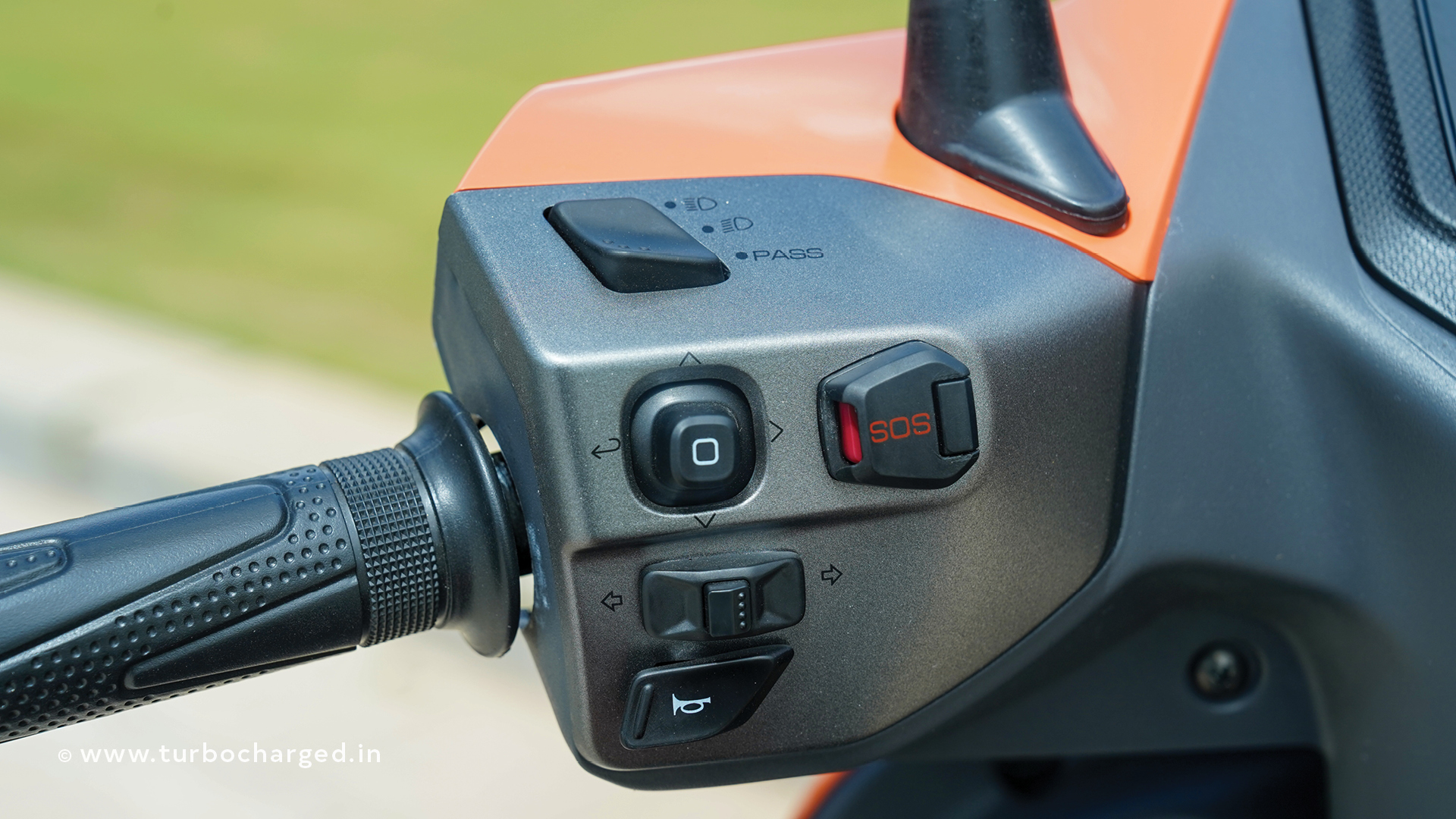
Despite its budget tag, the VX2 packs plenty of features. The Plus gets a 4.3-inch TFT display with smartphone connectivity, while the Go uses a simpler LCD unit. The TFT isn’t touch-enabled but is bright and easy to read. Via the Hero Connect app, riders get navigation, live tracking, geo-fencing, ride analytics, remote immobilisation and OTA updates—impressive at this price. The removable batteries can be charged at home or swapped at Vida and Ather stations. The Plus offers Eco, Ride and Sport modes, while the Go has Eco and Ride. Both get regenerative braking, a USB charger and trip logging. Also, what is interesting is the charging support you get if you subscribe to BaaS: you can access both Vida’s and Ather’s widespread charging infrastructure, and depending on your rental plan, the charging cost can go as low as 90 paisa per kilometre.
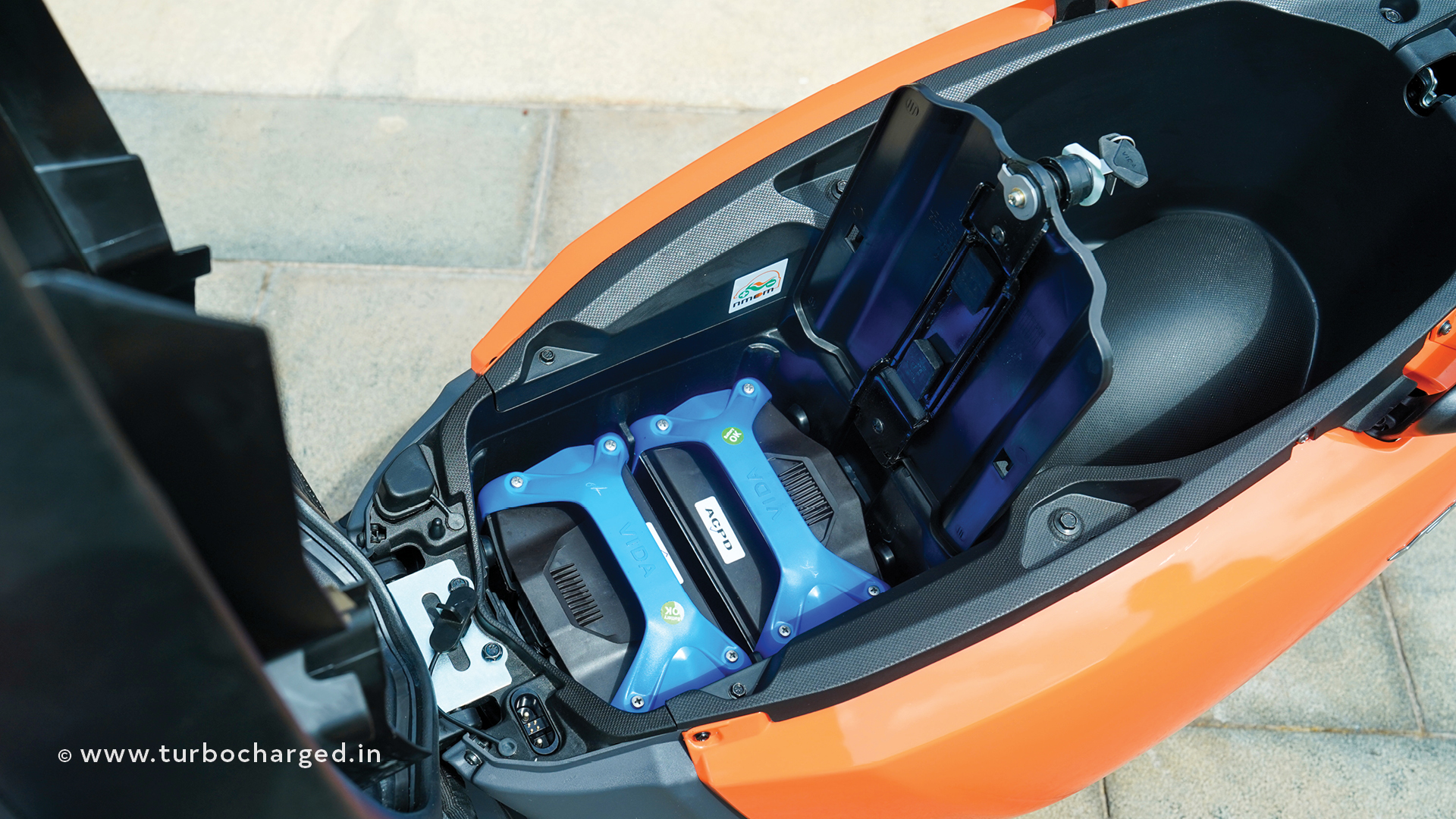
We rode the VX2 Plus and it is powered by a swingarm mounted PMS Motor that produces 6kW peak power which is paired to a 3.4kWh dual battery pack. Performance is tuned for everyday usability rather than outright speed. Acceleration feels brisk and the throttle response is smooth across Eco, Ride, and Sport modes. In Eco, response is subdued to extend range, while Sport unlocks the scooter’s livelier side for quick overtakes. Another brilliant add on is the boost mode which can be turned on and off via the menu. When activated, one can twist the throttle more in eco mode to get an additional boost in power for quick overtakes. VX2 Plus also impresses in the consistency of power delivery, it remains predictable even as the battery charge drops, unlike some rivals that feel sluggish near empty. The claimed range stands at 140km, but in real world one should be easily able to get 85-90km in a single charge.
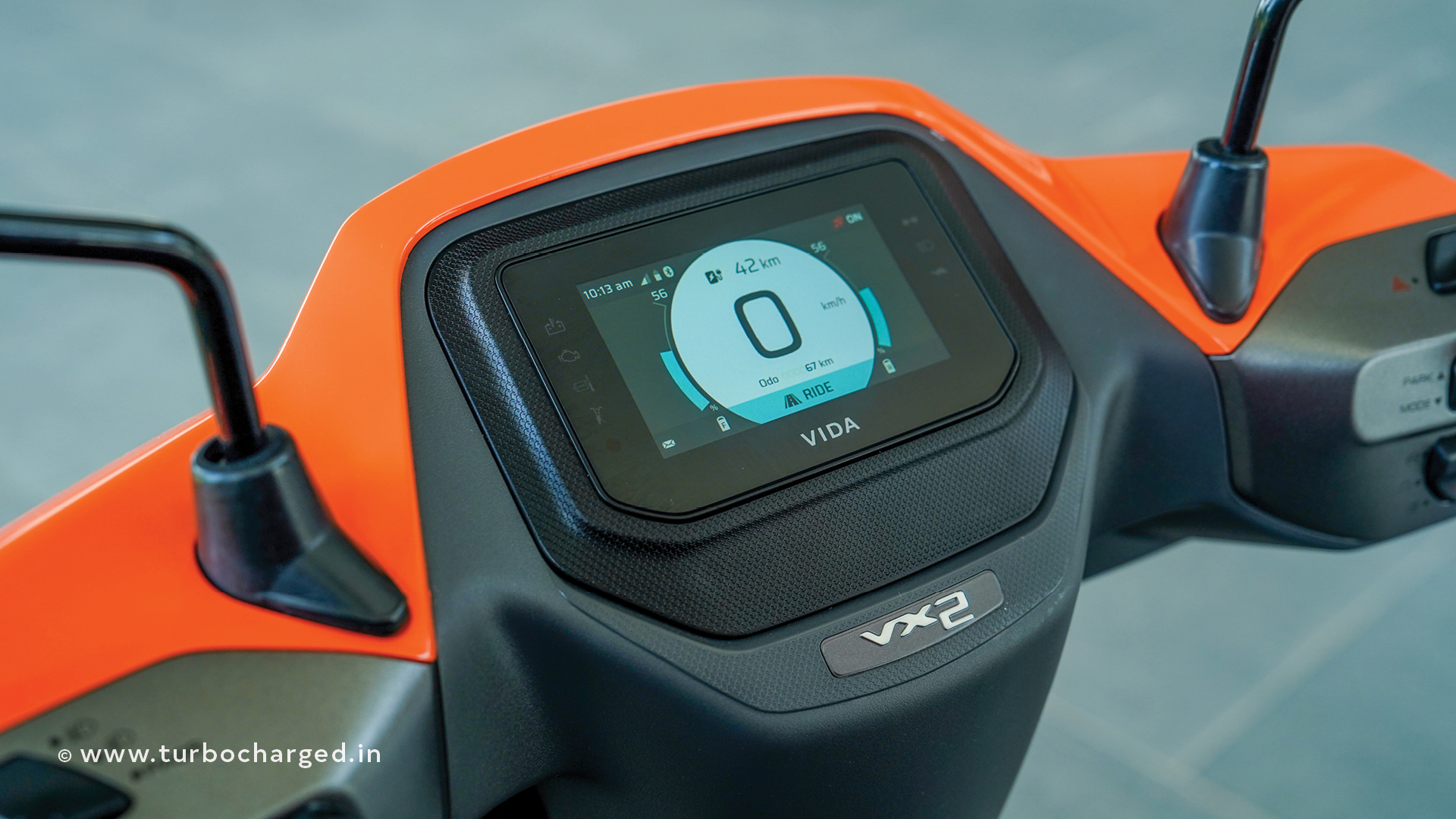
On the move, the VX2 feels composed and predictable. The telescopic fork up front and a single rear shock are tuned for comfort, soaking up speed bumps and rough patches without much complaint. Over sharper edges, the rear can bounce a bit, but it doesn’t feel unsettled. The scooter is easy to handle in city traffic and nimble enough for quick manoeuvres. Braking is handled by a front disc and rear drum setup with CBS. The brakes feel progressive, and while the rear could use a bit more bite, overall stopping power is adequate for urban speeds.
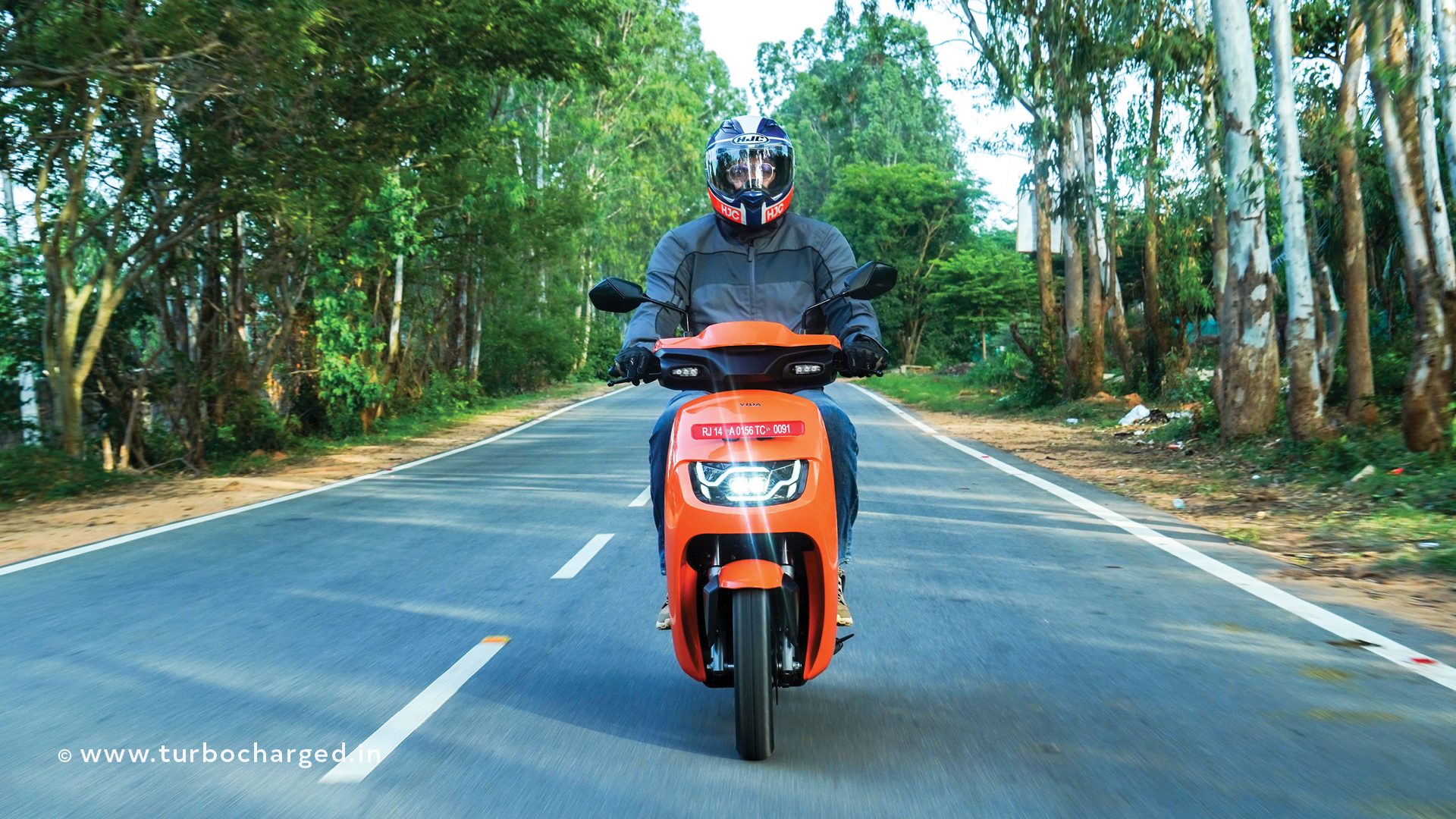
The VX2 doesn’t try to reinvent the electric scooter template. Instead, it focuses on being practical, sensibly equipped and, most importantly, affordable—qualities that matter most to commuters. At a price of ₹57,990 under the Battery-as-a-Service (BaaS) model and ₹99,990 if you choose to buy the battery outright, the VX2 Plus offers flexibility based on your usage and budget. Add to that its usable range, thoughtful features, and the peace of mind that comes with Hero’s wide support network, and what you get is a well-judged package for riders looking for an electric scooter that simply does its job without fuss. Real-world range and long-term durability will be the final proof, but first impressions suggest the VX2 has the essentials covered.
